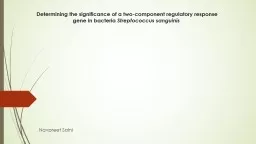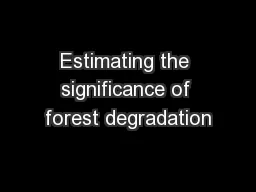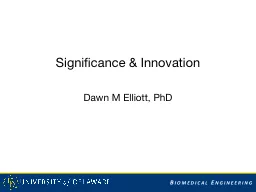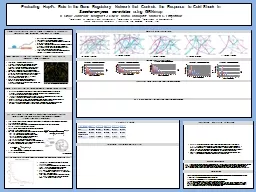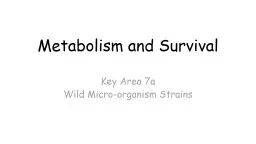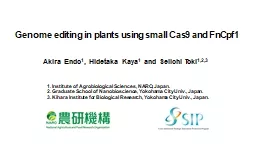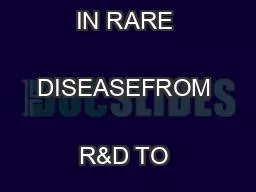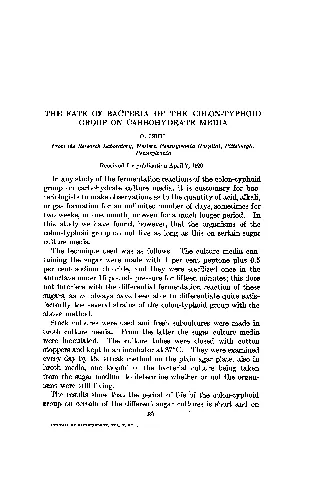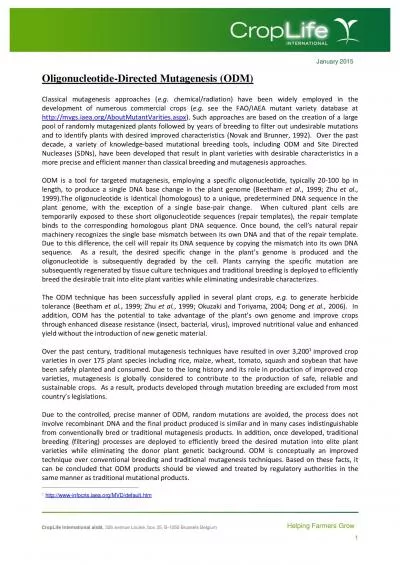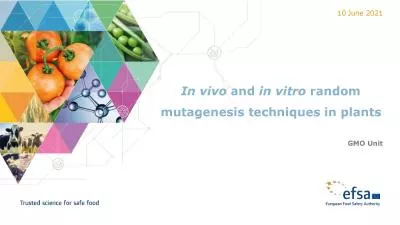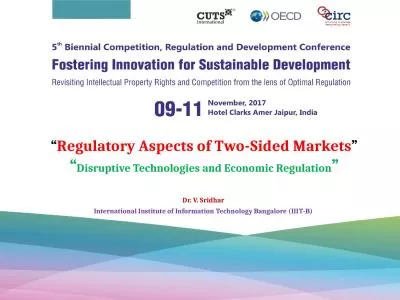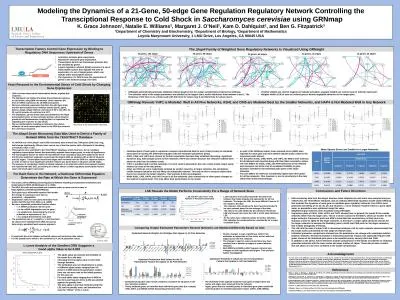PPT-Using Mutagenesis to Determine the Significance of a Two-Component Regulatory Response
Author : dunchpoi | Published Date : 2020-06-17
sanguinis Navpreet Saini Streptococcus Sanguinis Gram Positive Bacteria Caufield et al 2000 Normally Harmless in Human Mouth Forms Plaques Gains a Pathway
Presentation Embed Code
Download Presentation
Download Presentation The PPT/PDF document "Using Mutagenesis to Determine the Signi..." is the property of its rightful owner. Permission is granted to download and print the materials on this website for personal, non-commercial use only, and to display it on your personal computer provided you do not modify the materials and that you retain all copyright notices contained in the materials. By downloading content from our website, you accept the terms of this agreement.
Using Mutagenesis to Determine the Significance of a Two-Component Regulatory Response: Transcript
Download Rules Of Document
"Using Mutagenesis to Determine the Significance of a Two-Component Regulatory Response"The content belongs to its owner. You may download and print it for personal use, without modification, and keep all copyright notices. By downloading, you agree to these terms.
Related Documents

